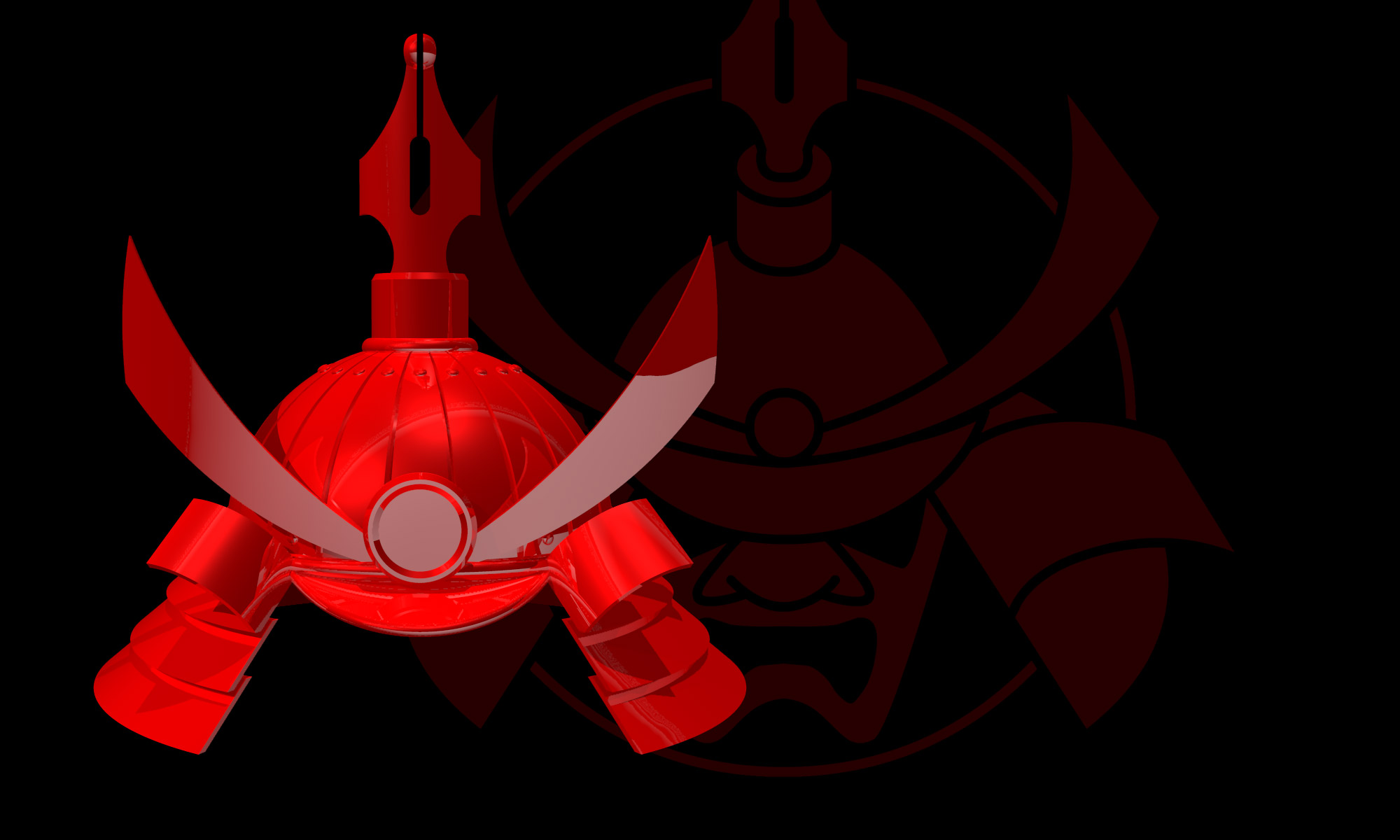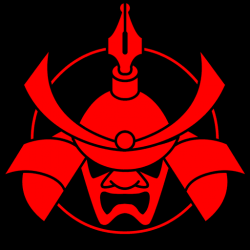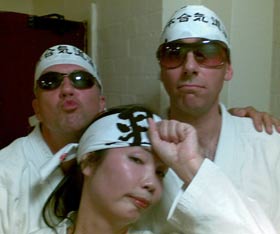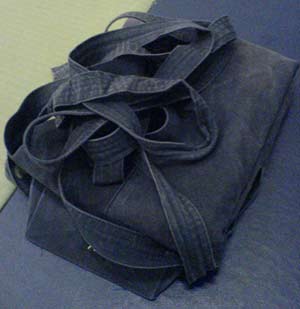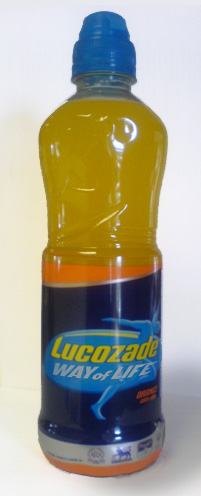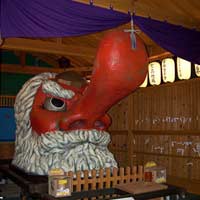The rise in popularity of Mixed Martial Arts (MMA) seems to have been at the expense of traditional martial arts. From the perspective of being the publisher of Fudebakudo, that's a move in the wrong direction (it's primarily why we didn't have a stand at Seni this year) because Fudebakudo is based on a very traditional model. But since popularity is massively influenced by the media, and especially broadcast media, it's fascinating and wholly correct to see MMA take over as the most popular form of martial art. It's interesting because, the way I see it, its ascendency is based largely on two things: how effective it appears to be, and how violent it is.
The reason it's especially interesting to me is because it seems that these two aspects are exactly opposed in the most traditional martial arts. Or, to put it another way, the traditional approach is almost perfectly unpopular as far as modern audiences are concerned. Of course comparing traditional MA like karate or judo with MMA as exhibited in cage fights is a little like comparing apples and oranges. Yes, they set out with different goals — one is largely about self-improvement (oh, it's spiritual, don't you know?) and the other is about winning fights. But still, even though there are crossovers and exceptions, I think it's valid to draw conclusions by considering the mainstream of each approach.
So here it is: the traditional martial arts are usually in denial about full-on tests of efficiency, and are dogmatically in denial about violence. The repetitive nature of kata (repeated patterns), the formalised approach to sparring, and the fairly rigid boundaries of syllabuses mean that it's easy for someone to practice and become proficient without ever really knowing if they can actually do any of what they have learnt outside of a training environment. (Yes of course there are exceptions — the Kyokushinkai people put themselves to the test in open tournaments (uh, standing up, mind you) — but that's why they have a reputation that sets them apart from the less rugged karate styles). And the traditional martial arts are explicit about their denial of violence: the focus is on control and technique. Mainstream aikido, for example, is wholly allergic to admitting to any violence, focussing instead on its non-aggressive ideal, but even percussive arts usually stress that it's all about correct form, clean technique, and discipline. None of the books by the karate masters will say that the prospect of giving (or watching) a good thrashing is a genuine reason for getting involved in the art.
But the MMA have no such outward qualms, which means they simply have a better, more viscerial appeal. Yes, there are rules and split decisions, but, by the end of fight, you can usually tell, even as an inexperienced viewer, who is the winner. And, oh yes, the violence of the spectacle is absolutely acknowledged in its appeal. With a little reflection you realise that the cage isn't really a requirement of the art but that it serves to keep the non-stop, non-cornered action in front of the camera, all of the time.
This is an outward thing. Inwardly, the traditional MA practitioners may in fact be getting secret, naughty thrills from the violence even though they are not supposed to be. Similarly, serious MMA people are surely getting broadly the same benefits of self-improvement from their rigorous and technical training as the traditionalists do. There's no thrill of violence in early morning sessions in the gym seven days a week, for example. That's all about self-discipline, pure and simple.
But outwardly . . . well, this is why the MMA will be more popular. From a public point of view, coupled with an instant broadcast media, the MMA are so much more honestly pitched: easy to understand violent action. Compared with, say, the slightly bemusing spectacle of the Beijing taekwondo judging, it's fairly obvious who's got the media angle right. Judo and sumo only become compelling spectator sports when, like opera or pigeon fancying, you've taken the trouble to learn to appreciate the technicalities. There is, after all, a reason why Sky Sports haven't been clamouring for the broadcast rights to the International Aikido Federation's congress in Tanabe this year.
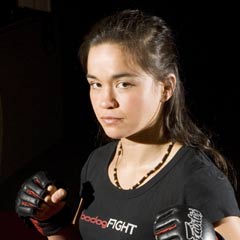
Rosi Sexton: "With a bit of hand waving it could be argued that the construction P A on a frame A is the point-free analogue of the point-sensitive construction PS on a space S. However, as we will see, this is not entirely correct."
PhD thesis, p.5
I want to clarify that this is about popularity, it's not a judgement on the value of the arts, if MMA are right or wrong, or even what works "on the street" (or, as we prefer to say in Fudebakudo, "on the boulevards" — it's a class thing). Also the reasons people train in any combat art, and the benefits sought from doing so, will vary from person to person. But what gets people into the clubs in the first place is largely down to its outward appeal via the media. Bruce Lee did it for kung fu (and, by confused implication, for all the traditional martial arts) in the 1970s, with the theatre of cinema. The MMA are simply doing it today with the uncomplicated, gutsy appeal of reality TV.
I've meant to write about this for some time, and was finally motivated to do so by this recent Guardian article on Rosi Sexton. I encourage Fudebakudo readers to read her thinking-out-loud blog. And, top kudos to the number one female British MMA fighter for also linking to her Maths/CompSci thesis on point-set topology. That is just so cool.
Oh, and if you don't like the violent aspect, don't watch the video of her last fight with Windy Tomomi. You don't have to be an osteopath to know ankles shouldn't do that. Ugh. There's a related article in MMA News, which contains Sexton's reaction to the event.
